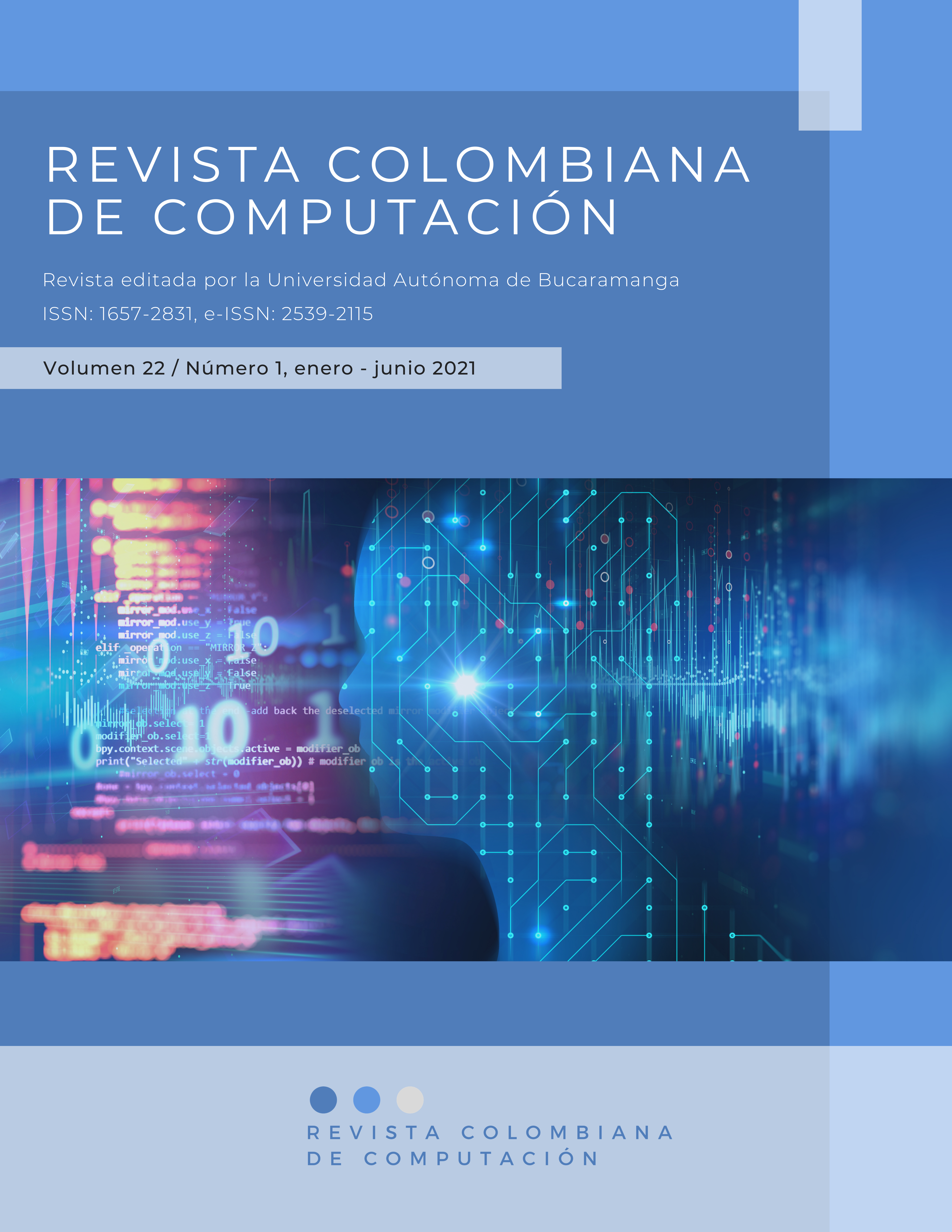Aprendiendo a diferenciar los Insectos de otros Artrópodos con realidad virtual inmersiva
Resumen
Los insectos pertenecen a un grupo de animales llamados "artrópodos" y son necesarios para la prevalencia de los ecosistemas. Sin embargo, muchas personas ignoran cómo diferenciar a un insecto de otros artrópodos, sienten miedo por su apariencia, y usualmente los lastiman. Este estudio explora la Realidad Virtual Inmersiva (IVR) como una herramienta educativa enfocada en permitir a los usuarios deducir una regla para distinguir entre insectos y otros artrópodos. En este estudio participaron 21 estudiantes de pregrado. Los resultados indican que los estudiantes se sienten seguros al interactuar con insectos virtuales y logran completar la experiencia, incluso después de haber expresado miedo a estos animales. También se hace evidente la importancia que tiene el docente para orientar en la interpretación de la información que se recibe.
Referencias bibliográficas
Afrooz, A., Ding, L., & Pettit, C. (2019). An Immersive 3D Virtual Environment to Support Collaborative Learning and Teaching. In S. Geertman, Q. Zhan, A. Allan, & C. Pettit (Eds.), International Conference on Computers in Urban Planning and Urban Management (pp. 267–282). Springer, Cham. https://doi.org/10.1007/978-3-030-19424-6_15
Ahir, K., Govani, K., Gajera, R., & Shah, M. (2020). Application on Virtual Reality for Enhanced Education Learning, Military Training and Sports. Augmented Human Research, 5(1), 7. https://doi.org/10.1007/s41133-019-0025-2
Bethke, J. A., Kabashima, J. N., Newman, J. P., Robb, K. L., & Wilen, C. A. (2014). Insect, Mites, and Other Invertebrate Pests. In Container Nursery Production and Business Management Manual, (pp. 201–223).
Campbell, J. W., Stanley-Stahr, C., Bammer, M., Daniels, J. C., & Ellis, J. D. (2019). Contribution of bees and other pollinators to watermelon (Citrullus lanatus Thunb.) pollination. Journal of Apicultural Research, 58(4), 597–603. https://doi.org/10.1080/00218839.2019.1614271
Carruth, D. W. (2017). Virtual reality for education and workforce training. 2017 15th International Conference on Emerging ELearning Technologies and Applications (ICETA), 1–6. https://doi.org/10.1109/ICETA.2017.8102472
Cho, Y. H., & Lim, K. Y. T. (2017). Effectiveness of collaborative learning with 3D virtual worlds. British Journal of Educational Technology, 48(1), 202–211. https://doi.org/10.1111/bjet.12356
Fuller, C. (2020). Dermatoses Caused by Arthropods. In M. A., H. R., & N. B. (Eds.), Skin Disorders in Migrants (pp. 55–57). Springer, Cham. https://doi.org/10.1007/978-3-030-37476-1_9
High Fidelity Inc. (2021). High Fidelity. https://www.highfidelity.com/
Lin, E. C.-H., Shih, Y.-C., & Chang, R.-C. (2018). A Research on Integrating AR and Multimedia Technology for Teaching and Learning System Design. In N. Yen & J. Hung (Eds.), Frontier Computing (pp. 725–731). Springer, Singapore. https://doi.org/10.1007/978-981-10-3187-8_68
McCann, R. A., Armstrong, C. M., Skopp, N. A., Edwards-Stewart, A., Smolenski, D. J., June, J. D., Metzger-Abamukong, M., & Reger, G. M. (2014). Virtual reality exposure therapy for the treatment of anxiety disorders: An evaluation of research quality. Journal of Anxiety Disorders, 28(6), 625–631. https://doi.org/10.1016/j.janxdis.2014.05.010
Miloff, A., Lindner, P., Dafgård, P., Deak, S., Garke, M., Hamilton, W., Heinsoo, J., Kristoffersson, G., Rafi, J., Sindemark, K., Sjölund, J., Zenger, M., Reuterskiöld, L., Andersson, G., & Carlbring, P. (2019). Automated virtual reality exposure therapy for spider phobia vs. in-vivo one-session treatment: A randomized non-inferiority trial. Behaviour Research and Therapy, 118, 130–140. https://doi.org/10.1016/j.brat.2019.04.004
Miss D., J. V., & Cuauhtémoc, D. (2007). Observaciones sobre los coleópteros saproxilófilos (Insecta: Coleoptera) en Sotuta, Yucatán, México. In Revista Colombiana de Entomología (Vol. 33, Issue 1).
Nigam, A., Kabra, P., & Doke, P. (2011). Augmented Reality in agriculture. 2011 IEEE 7th International Conference on Wireless and Mobile Computing, Networking and Communications (WiMob), 445–448. https://doi.org/10.1109/WiMOB.2011.6085361
Radianti, J., Majchrzak, T. A., Fromm, J., & Wohlgenannt, I. (2020). A systematic review of immersive virtual reality applications for higher education: Design elements, lessons learned, and research agenda. Computers & Education, 147, 103778. https://doi.org/10.1016/j.compedu.2019.103778
Southgate, E., Smith, S. P., Cividino, C., Saxby, S., Kilham, J., Eather, G., Scevak, J., Summerville, D., Buchanan, R., & Bergin, C. (2019). Embedding immersive virtual reality in classrooms: Ethical, organisational and educational lessons in bridging research and practice. International Journal of Child-Computer Interaction, 19, 19–29. https://doi.org/10.1016/j.ijcci.2018.10.002
Tarng, W., Ou, K.-L., Yu, C.-S., Liou, F.-L., & Liou, H.-H. (2015). Development of a virtual butterfly ecological system based on augmented reality and mobile learning technologies. Virtual Reality, 19(3–4), 253–266. https://doi.org/10.1007/s10055-015-0265-5













